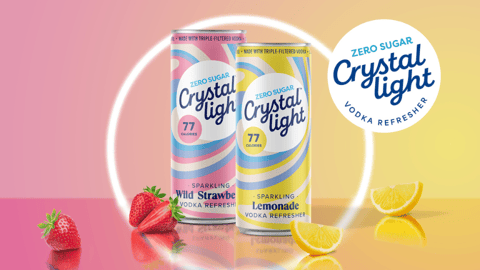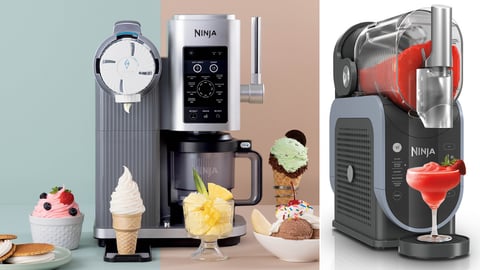How Product Videos Pave the Way for New DIY Customers
Before the Covid-19 pandemic took hold, the global DIY home improvement market was expected to grow 4%, accounting for $143.3 billion over the next four years primarily due to the advent of e-commerce.
Covid-19 lockdown rules have meant that many are spending more periods at home with time to contemplate starting DIY jobs which had previously been on hold. As a result, the market for DIY tool purchases, particularly online, has risen.
According to Opinium Tracker research on U.K. consumers, purchasing for DIY was still very much an in-store mission, with 77% preferring to physically visit a store and browse the aisles over buying items they need rather than online (22%). Although the majority of purchases are made in-store, online is the main channel for homeowners when seeking out hints and tips for DIY, particularly men aged 35-44.
During lockdown, as many of the DIY shops were closed, consumers who started searching online were more likely to keep online to make purchases. The opportunity for consumer goods brands and retailers to make their e-commerce sites as compelling as possible ensures they’re replicating an ‘in-store experience” on their websites.
The research also highlighted that 25-34-year-olds — a key first-time buyer group — hold a slightly different perspective, with 25% claiming it to be something nice to do with their partner (vs. 10% overall). This group are also users of new technologies, devices and social media platforms such as Instagram and Pinterest, which have become the go-to apps to realize that DIY projects can be both economically beneficial and fun.
The importance of Social Media and video for burgeoning DIY-ers
Consumer goods companies can tap into this expanding market using a number of social media techniques to drive a connection with this DIY market sector.
They outlined that instead of “selling” they should use products/services to educate and inform these users through creativity and influence, putting them at the centre of the learning. This could then complement content that could show them completing a good job with branded products or services.
Part of the brand marketing strategy would be to reach out to industry-specific influencers for them to highlight their project in exchange for a DIY tool or service. Users could then generate content using products, ensuring the brand is visible among the DIY online communities on Facebook, forums and blogs.
Video is changing the way DIY-ers shop
Video is changing the way people shop and make purchasing decisions, with 85% of millennials saying they’ve made a purchase after viewing a marketing video. Video can promote a sale, build a story, outline your value proposition or go deeper into product details.
A video for DIY items should include more details to help the purchaser understand the product features, with the goal to recreate a physical interaction with the product as closely as possible.
High-tech product specs require legal regulations, guidelines and technology
Detailed governmental environmental and safety regulations and guidelines may also be necessary to be associated with products and dangerous goods which need to be accurate and consistent across channels. To create and maintain an exhaustive amount of product information can be debilitating and time consuming for some brands and retailers, particularly when including video as part of the offering.
Product information management (PIM) technologies like SRC or Sales Layer can ensure that all copious regulatory product information (particularly in lighting products and dangerous goods) matches the DIY-GS1 standard and allows for updates where particular product information is missing. This can be managed from one central point and then distributed to all channels.
Gaining access to marketplaces such as Amazon with accurate product information for some brands can prove beneficial. PIM technologies can automatically link with necessary marketplaces to make the process easier. With all brand-registered Amazon sellers in the U.S. now able to add product videos to their listings, the impact this can have on a brand is enormous. Ninety percent of customers say videos help them make buying decisions, and conversion rates on landing pages with video increase by 80%.
In other words, having a product video on your listing is a game-changing addition that will give your product a competitive edge in a crowded marketplace.
With the help of product information technologies and creative video production techniques, brands will be able to educate and inform newly inspired DIY-ers as part of their marketing strategies, thereby increasing sales and building lasting relationships.
Having worked in tech and marketing with many international companies for over 20 years, Mike Owen has built up a strong interest and now writes on how advanced and exciting technologies are impacting industry sectors and business practices through digital transformation.





